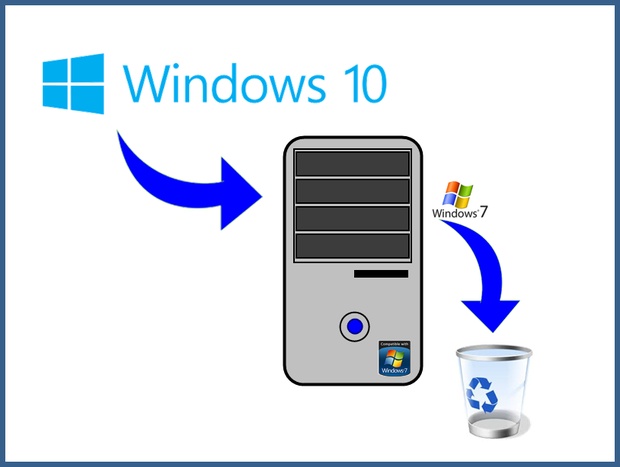
So, are you one of those long-time Windows users who lived through the Vista fiasco and then upgraded to Windows 7 as soon as it was apparent that it was far superior to the previous version? Then, when you saw Windows 8 coming, you vowed to never again get caught with an experimental operating system and decided to stick it out with Windows 7? If so, chances are you're glad that you did so. Windows 7 has served you well, and you continued to be productive, while all those who upgraded to Windows 8 struggled with the Metro UI and its touch-based implementation on a desktop PC.
Over the last several years, I've received email from lots of Windows 7 users who echo the above sentiments.
Now that Windows 10 is on the horizon, and Microsoft has announced that the new operating system will be offered as a free upgrade to Windows 7 users (in addition to Windows 8.x users), I've been receiving email from a lot of those same users. They've been reading about Windows 10 since September 30, 2014, and are intrigued. And now, they're wondering if their existing Windows 7 PC be able to run Windows 10. Will it meet the hardware requirements? Fortunately, the answer appears to be yes. Let's take a closer look.
The system requirements
To begin with, I don't believe that Microsoft wouldn't make the claim that Windows 7 users could upgrade to Windows 10 on existing hardware if that wasn't the case. Imagine the backlash, if it proved not to be possible. Furthermore, Windows 10 is being architected to run on a wide variety of platforms, from desktops and laptops down to phones and tablets. Surely, Windows 7 PCs from 2009 (when Windows 7 was released) were at least as powerful as today's phones and tablets... right?
When Windows 7 was released, the minimum system requirements, as specified by Microsoft, were as follows:
- 1 GHz or faster 32-bit (x86) or 64-bit (x64) processor
- 1 GB RAM (32-bit) or 2 GB RAM (64-bit)
- 16 GB available hard disk space (32-bit) or 20 GB (64-bit)
- DirectX 9 graphics device with WDDM 1.0 or higher driver
Of course, a lot of PCs from that era had more powerful specs. So, chances are that your Windows 7 system has equivalent or better hardware.
Now, according to the "Before you install" page on Microsoft's Windows Insider site, the minimum system requirements for Windows 10 are as follows:
- Processor: 1 GHz or faster
- RAM: 1 GB (32-bit) or 2 GB (64-bit)
- Free hard disk space: 16 GB
- Graphics card: Microsoft DirectX 9 graphics device with WDDM driver
As you can see, they're identical.
As such, it appears that Windows 7 users will indeed be able to simply upgrade from Windows 7 on their existing hardware to Windows 10 -- for free!



